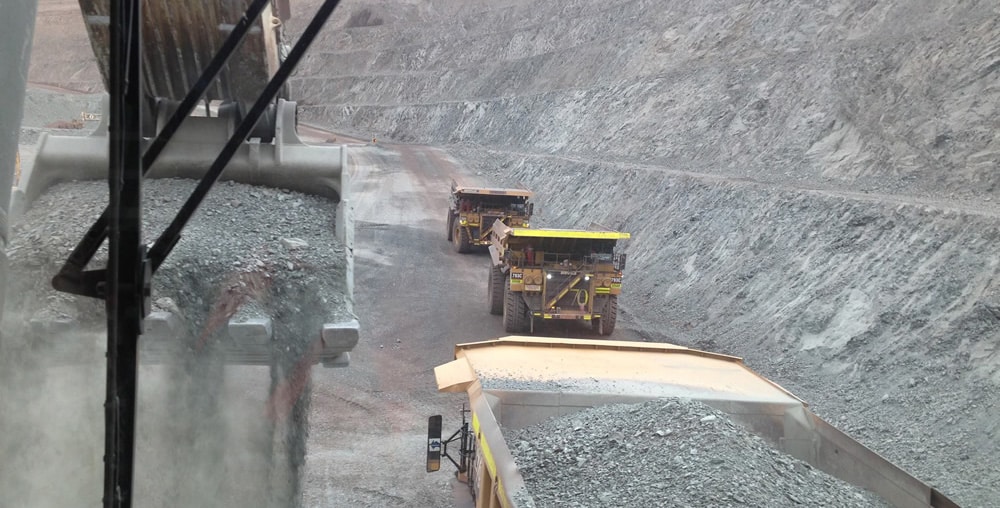
Every major engineering process and project, from road construction to buildings, structures, bridges, and more, relies on having a stable foundation upon which to begin construction. To achieve these solid foundations, engineers have developed and refined 2 Types of Soil Stabilization processes: direct soil modification and modification through admixture.
In modern times, the most cutting-edge 2 Types of Soil Stabilization are often utilized by innovative road construction companies like Global Road Technology. These companies, supported by advanced chemical products and admixtures, have enabled construction and infrastructure development in a wide variety of hostile environments that traditional methods simply cannot accommodate.
In general, no matter which types of stabilization are employed in any given project, there are two main goals to be achieved; increasing the soil stability to the levels necessary to support the construction from an engineering point of view, and reducing construction costs themselves by skillfully employing as much local, in-situ material as possible in the process itself. Each method addresses this combination of goals in a different way.
Let’s take a look at the two most broad categories and types of the stabilization of soil, and then drill down further into some of the individual techniques and products that are used to that end:
Typically, they would be categorized in the second broad category: modification through admixture. However, there are some marked differences between the products GRT currently employs and chemicals used in the past; most of these represent substantial improvements and benefits over more traditional products and techniques.
For example, several of the traditional admixtures and chemicals used in different types of stabilization are hazardous to the environment; you do not want them running off from a construction site and entering the groundwater, or contaminating any other natural water source.
On the other hand, GRT products do not use these dangerous chemicals; everything used by GRT is perfectly safe for the environment, and completely non-toxic in nature. This makes their methods and products much safer to employ in general, particularly in urban settings where the types of soil stabilization employed have to make sense and be suitable for deployment in a populated area.
For more information on various types of soil stabilization contact Global Road Technology here: https://globalroadtechnology.com/contact/
Explore our products in real-world applications – visit our YouTube channel to see our products in action.
Are environmental regulations, health and safety concerns or potential profit loss a concern right now?
Contact Us Now